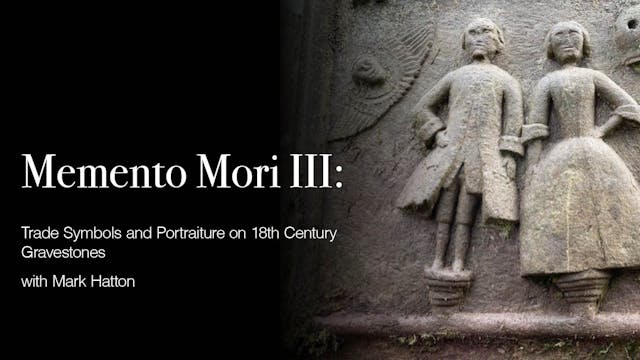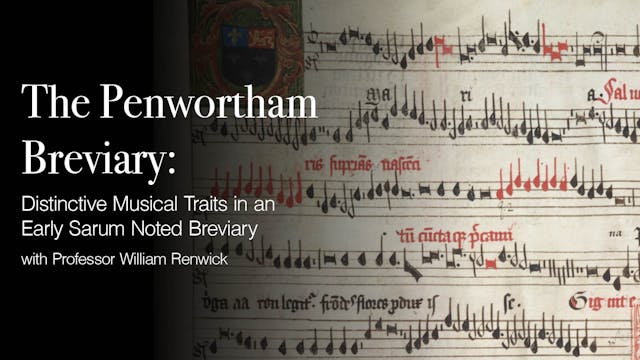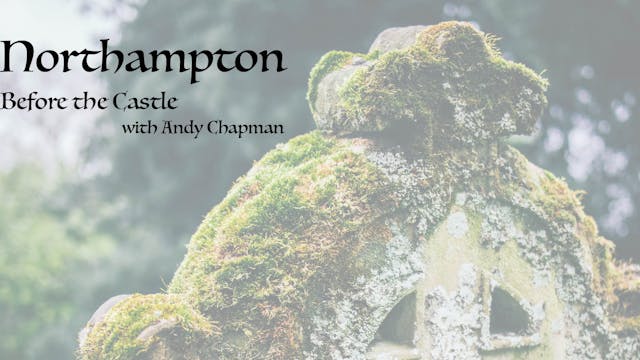Grinling Gibbons: Ornamenting Sacred Spaces
Our Free Lectures
•
1h 10m
Grinling Gibbons, the greatest carver in British history, had an unequalled ability to transform solid, unyielding wood and stone into something truly ethereal. He brought a new decorative style to Baroque England; his carvings of extraordinary realism were sought to adorn the grandest country houses and royal palaces. Yet arguably, some of his greatest achievements be found in churches and cathedrals across England - from the choir at St Paul’s Cathedral to his 12-metre-high marble altarpiece for James II’s catholic chapel at Whitehall Palace. In this talk Hannah Phillip will explore some of Gibbons most significant ecclesiastical commissions, including his acclaimed reredos at St James’s Piccadilly (1684) where ‘There is no altar anywhere in England, nor has there been any abroad more handsomely adorned’ (John Evelyn), as well as the stone funerary monuments for provincial churches which saw Gibbons’ ecclesiastical art reach every corner of England.
Across the past two years, Hannah Phillip has been the Programme Director for the Grinling Gibbons Tercentenary and Society, master-planning a festival, exhibition, education and events programme. She is a consultant in the field of heritage development, programming and fundraising and has worked in museums for over 20 years. She started her career in Australia with the National Trust of SA where she was responsible for their flagship property, Ayers House, a colonial mansion in the heart of Adelaide. More recently she was Director of Fairfax House, a renowned Georgian townhouse in York, and over ten years raised the museum’s profile by curating a series of major exhibitions involving national loans. In 2017 she was responsible for fundraising and securing the King David Panel by Grinling Gibbons - his first-known work. As part of Grinling Gibbons 300 she curated a major exhibition involving loans of objects from the UK and beyond. She is currently working on the Wren300 for the City of London Churches.
Up Next in Our Free Lectures
-
Memento Mori III
The Gravestones for many families were decorated with the trade symbols and tools of their family trade, whilst other families chose portraiture to memorialise their dead. Mark Hatton takes us through images that provide us with a deeply personal view of the people, their lives and livelihoods an...
-
The Penwortham Breviary
William will primarily look at the Breviary from a musical point of view, discussing some of the musical variants and explaining how they are truly variant and not simply errors. His research interests encompass studies in tonal counterpoint and analysis and Gregorian chant as well as computer ap...
-
St Peter’s Church and Middle Anglo-Sa...
Excavations in the 1980s uncovered the remains of a large timber hall, dating to the 8th century AD, which stood to the east of St Peter’s church and west of the lost early church of St Gregory. The timber hall was later replaced by a similarly large stone hall, which fell out of use in the 10th ...



